Industry Insights: Keith Kunz
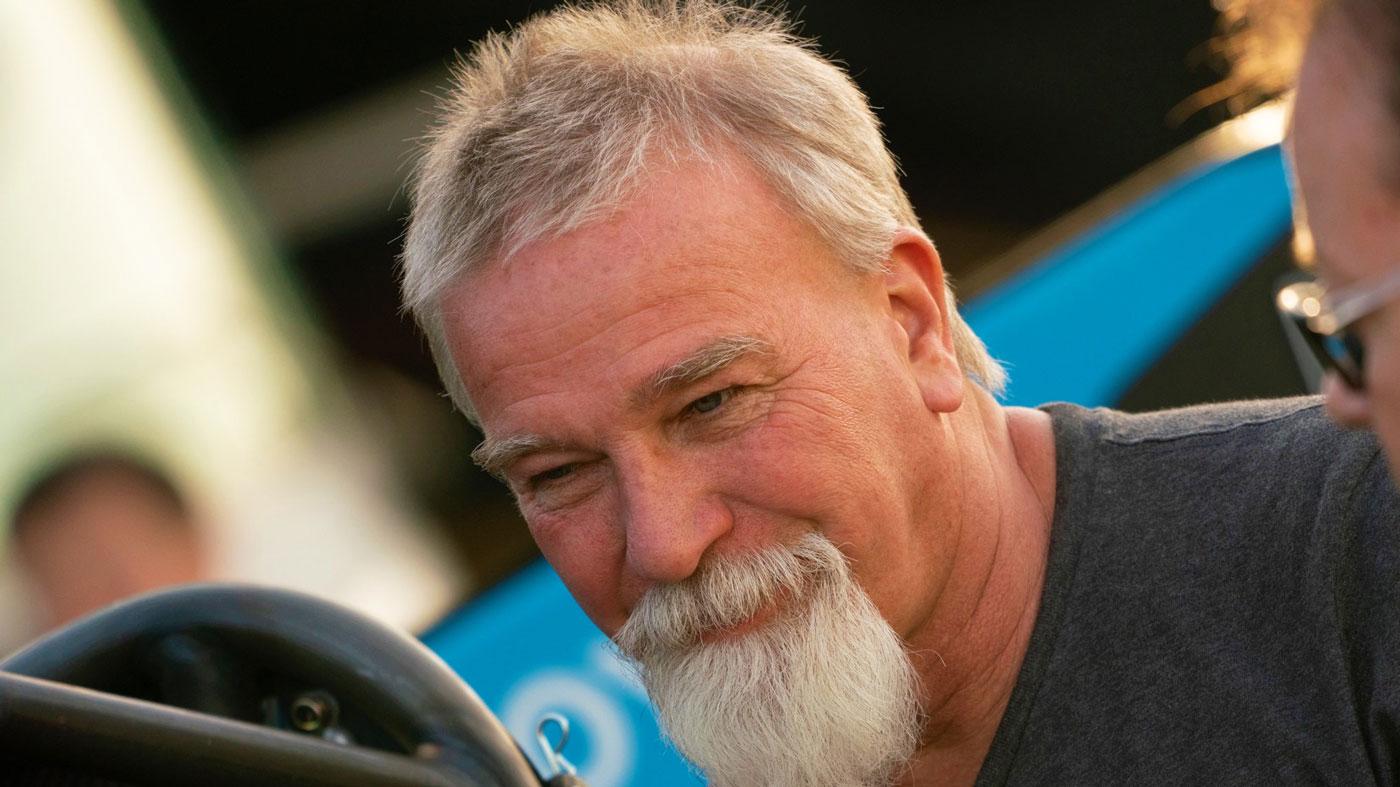
Keith Kunz shares how he built Keith Kunz Motorsports into the midget racing powerhouse team it has become and why it’s also the “go-to team where everybody wants to have their product.”
Keith Kunz will be the first person to tell you that most drivers of midget race cars are hobbyists, just racing for fun and a few bucks at their local dirt tracks. At the most basic level, racing is fun, and people often get into it for a few years and then move on to different activities. But among all the weekend warriors there are young drivers with the promise of greatness, and Kunz has a sharp eye for the qualities that can carry a driver to the big time.
His record so far is impressive. It was Kunz who identified an 18-year-old Kyle Larson racing midgets at Perris Auto Speedway in California. Larson, of course, went on to become not only the 2021 NASCAR Cup Series champion with Hendrick Motorsports, but also was part of the winning driver lineup to earn the 2015 24 Hours of Daytona overall victory with Chip Ganassi Racing in sports cars. After Larson moved up the ladder from midgets, he was replaced by Christopher Bell, who now drives in the NASCAR Cup Series for Joe Gibbs Racing. The list of Kunz graduates goes on, culminating with Jade Avedisian, who won the 2023 Xtreme Outlaw Midget Series championship, becoming the first female driver ever to win a national midget series title.
We spent some time with Kunz to ask him for his secrets of success and his vision of midget racing as a farm system for producing great drivers.
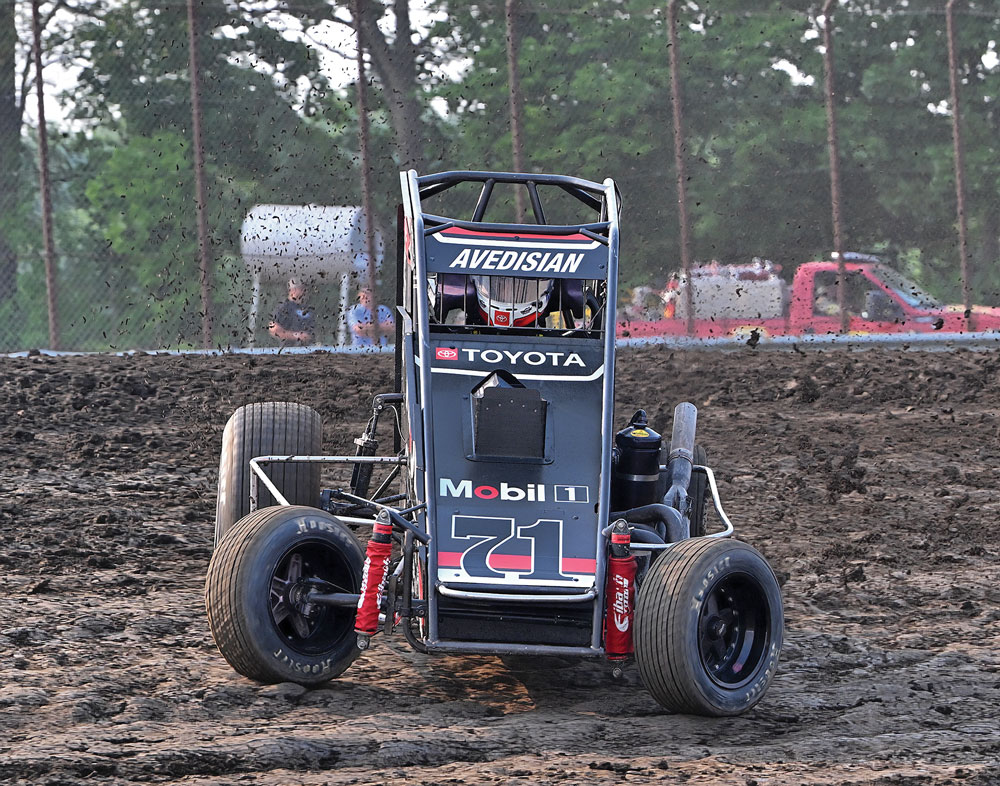
PRI: Tell us a bit about yourself. How did you get to where you are today?
Kunz: I grew up in Springfield, Illinois, and my family raced. My grandfather raced midgets; a couple of my uncles raced midgets. One of my uncles was Chuck Weyant, who raced Indianapolis back in the late 1950s when the road to that was through midgets and sprint cars. As my cousins and I grew older, we all started racing motorcycles and then eventually midgets. My dad was always going to the races with my uncles, and I just grew up around it.
I had a midget that I drove in 1986 and 1987 for about a year and a half. I wasn’t very good at it, so I was able to get other people to drive. Then in 1990, my brother Rusty came to me and said we should put all of our stuff together and buy one good car. We did that, and we were always able to get very good drivers. We still worked normal jobs and kind of did it as a hobby, but we really got to know people in the industry. Then in 1997, Pete Willoughby started a team back here in the Midwest, and he wanted to move up to the USAC national scene and hired me to come back here. We’ve been together ever since.
PRI: What’s the attraction of midget racing? What keeps you interested?
Kunz: I personally think it’s some of the best and most competitive racing there is. It really teaches a driver how to race. With a lot of racing, you’re at the mercy of the cars, but with midget racing you can showcase your talent, especially on the dirt side where the driver really has to adapt to changing track conditions. As a race goes on, the fast line could move top to bottom, and back to the top through the middle. It could move five or six times during a 30-lap race. It’s some of the most intense racing there is, and the skill set that they learn seems to apply as they move on. Midget racing teaches us some of the best car control ever, I believe.
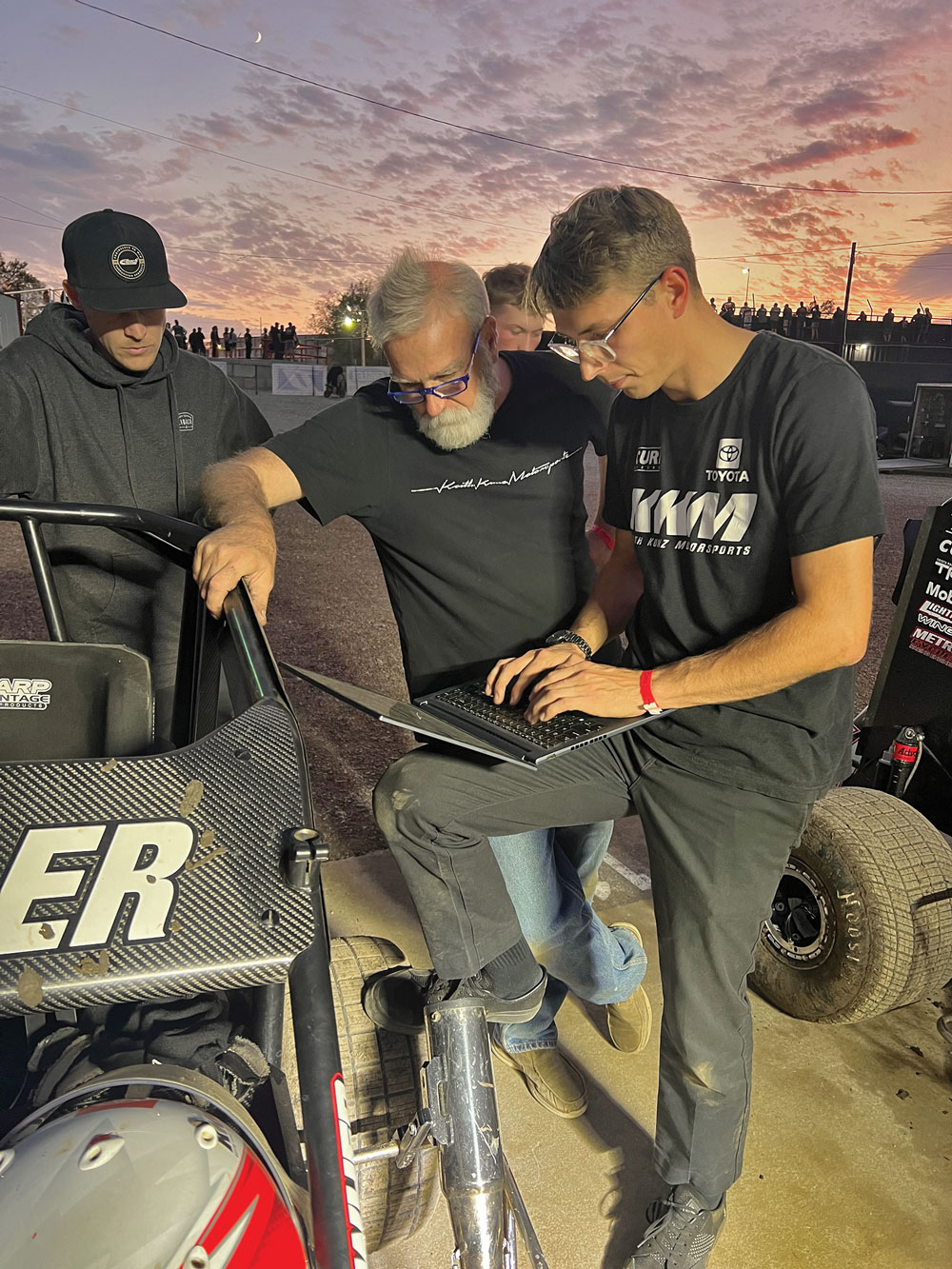
PRI: What’s the reason your team is so successful? Do you have a secret ingredient or secret sauce that you think gives you an advantage?
Kunz: I think it’s knowledge. What we’ve built is unique because we do it for a living. This is a hobby for most midget owners. So they come and go quite a bit. But when Pete Willoughby and I started this team, we didn’t have anything. We just decided we wanted to go. We were into racing, and we decided we wanted to try to do this and this only. We didn’t have anything to fall back on, so we had to succeed. We’ve built this team over 25 years now. So I think what we have that other people don’t have is just the knowledge. I’ve been everywhere in the country racing midgets, and we really keep on top of the innovation in the sport, coming up with new stuff constantly. I think 99% of the people out there who race just buy off the shelf and put it together. We are the guys who really innovate and set the tone for what’s out there.
Most of the time we’re one step ahead of everybody because of our partnerships with a lot of the suppliers in the racing industry. For their products to be successful, they have to be on winning teams. We’re that go-to team where everybody wants to have their product. We’re always out in front of that, constantly trying new things and developing new things and trying to stay ahead of the competition before it comes out on the shelf and everybody else has access to it.
Whether that’s in chassis development or motor development or a little bit of everything, that gives us a little bit of an advantage. I have a hired staff of mechanics and crew chiefs, and we have lots of books and notes so we’re able to get up to speed very, very quickly with drivers. A lot of dads think they can do it themselves and do it a lot cheaper, but it takes a lot longer. It takes years to get knowledge and to be competitive, where here they can step in and be competitive and winning within a few races, if their kid is really, really good. That’s because we have the knowledge with the car and the setup, and it accelerates a person’s learning curve and development as a driver so much faster by coming through us.
PRI: You won last year’s Xtreme Outlaw National Midget Series championship with Jade Avedisian, and you have other female drivers on the team. How do you think midget racing and motorsports generally can encourage more young women to compete at the national level?
Kunz: A lot of our young kids are coming through the micro sprint series, which is from age six on up. We’re big believers in watching that series and helping that series because there are more and more female drivers who are trying to race as kids. You see more and more of them in that series, and then you’re able to see which ones are good. That’s where Jade came through.
It’s hard to say what you look for, but there’s just something you see when you have been around long enough that you can tell the ones who have talent. It’s usually the ones who overachieve in lesser equipment, and then just to give those girls a chance is huge. A girl actually has a financial advantage right now because of the push for diversity in the sport. The sport is craving for a great female driver to come along, and Jade has been the one who has filled that role.
I think the opportunity is there. It’s just a matter of finding the female drivers. I think they’re outnumbered by the boys who want to race as they go through their teenage years. But the ones who do stick to it and are determined to showcase what they have, those are the ones who get noticed if they get results. When you get these opportunities, you have to produce. If you can produce, they’ll keep moving you along because there is that need.
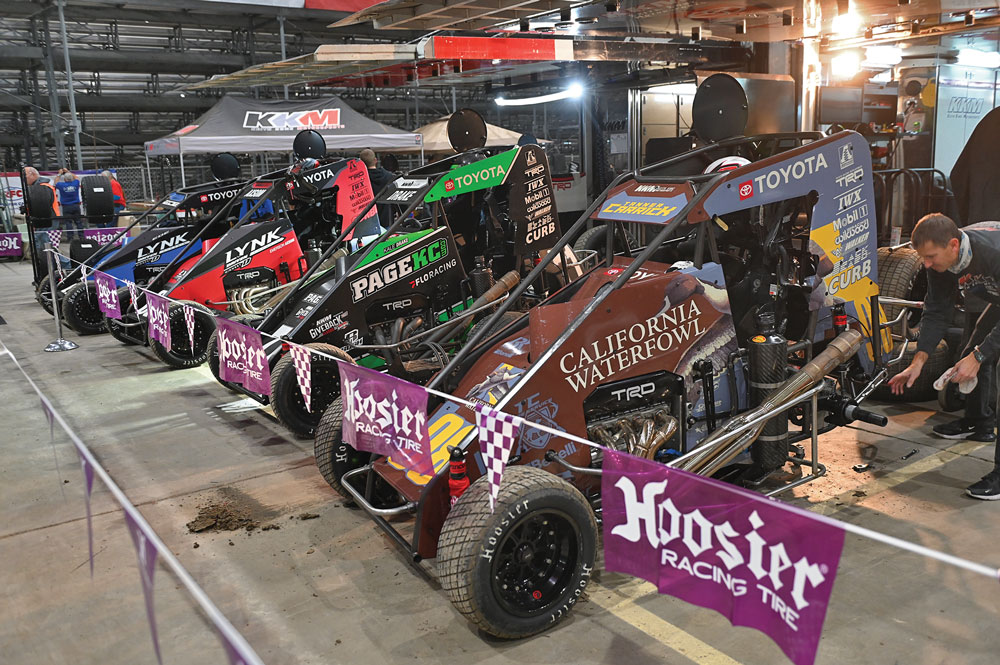
PRI: When you go to hire somebody to be on your team, are there any particular traits you look for? And on the other side of that coin, are there any deal breakers?
Kunz: Yeah, it’s very demanding. Your time during our schedule is around 80 races a year. So there are some two- and three-day weekends. Sometimes we’re gone on the road for three or four weeks. It’s a very demanding schedule. To find crew guys who can do that, there’s a lot of things you have to look at. Number one, their knowledge, their background, and how long they’ve been around it. But also, we talk to them about their private life, about how tied down they are. It’s really, really hard sometimes for people who have families to be gone like that. Sometimes they’re okay with it, sometimes they’re not. So you just got to get that sense of all that and their background.
At the beginning of this year, we were looking for employees. We had three of our really good people move on. One of the big benefits of our team is that not only do our drivers move on, but our crew members move on. One of them, Jared Martin, who was one of our crew chiefs, moved on to go to work for Chip Ganassi Racing. Another kid started as a tire guy and moved up to crew chief last year. He’d been with us three years, and he went to NASCAR to a truck team. We have so many eyes on us that crew performance is also noted out there, and there are opportunities for our crew members to move on and do other things. We encourage that because that’s another great reflection on us.
PRI: One big factor in your success is your relationship with Toyota. How did that develop?
Kunz: I believe it was in 2005 when Toyota decided to get involved in the grassroots midget racing. They were teamed up with Steve Lewis at that time. Then in 2008, we won the USAC National Midget Series championship with Cole Whitt. And during 2008, Steve Lewis decided he was going to retire and quit racing. Toyota came to us and wanted us to take over that segment and have their house car with Cole Whitt as the champion.
It started out as Toyota helping us with one or two motors in our program. They were new to it, and they were struggling, and we struggled for two years. We never won a race. They struggled trying to find the kind of power that we needed. We were able to talk them into getting involved with Rick Long at Speedway Engines in 2010. Right at the end of the year they came out with a new motor for us at the Turkey Night Grand Prix at Irwindale Speedway. We ended up winning that night with Bryan Clauson. Right there, we knew we had something.
Then going into 2011, we needed a driver. I had spotted Kyle Larson late that [previous] year, and at the Chili Bowl he was there driving for somebody else. My partner and I went and watched him, and we knew instantly that he was our guy. We ended up hiring Kyle for the 2011 season, and things just kind of took off from there. All of a sudden, we had a great motor, we had a great driver, and we started winning races. Well, somewhere through that whole process, Chip Ganassi took a chance on him and signed him. Toyota recognized that they had Kyle Larson right here in their hands and they let him get away. David Wilson and Tyler Gibbs of TRD came to us and said that would never happen again. At the same time, that put a lot of eyes on our team within the upper echelon of TRD. We were able to find Christopher Bell, and he won the USAC National championship.
Since then, Toyota has been interested and very helpful in anything that we need in development. They have really seen the value in grassroots racing helping their development of drivers to go on through NASCAR. They created the whole ladder system around Christopher. They put him in the very best stuff. That really built our relationship, and Christopher was able to
get results in everything that he did. He took up that opportunity and produced results that got him to where he is today. The beginning was with those two, and it has continued on to today. Jade is now under their banner and doing some road racing. The goal is for her to be that girl who supersedes everybody else.
We’ve been very, very fortunate to have Toyota support. It’s not only everything that we talked about, but they offer the kids on our team a chance to come down to North Carolina, go through their training performance center, go through media school, go through their physical therapies. They have a weight training deal, they have a nutritionist, and they do concussion tests on them at the beginning of the year. All these kids get every opportunity to succeed, even if they don’t stick with Toyota and they’re able to move on to somebody else. But as they’re coming up, they teach the kids how to be successful in the sport.
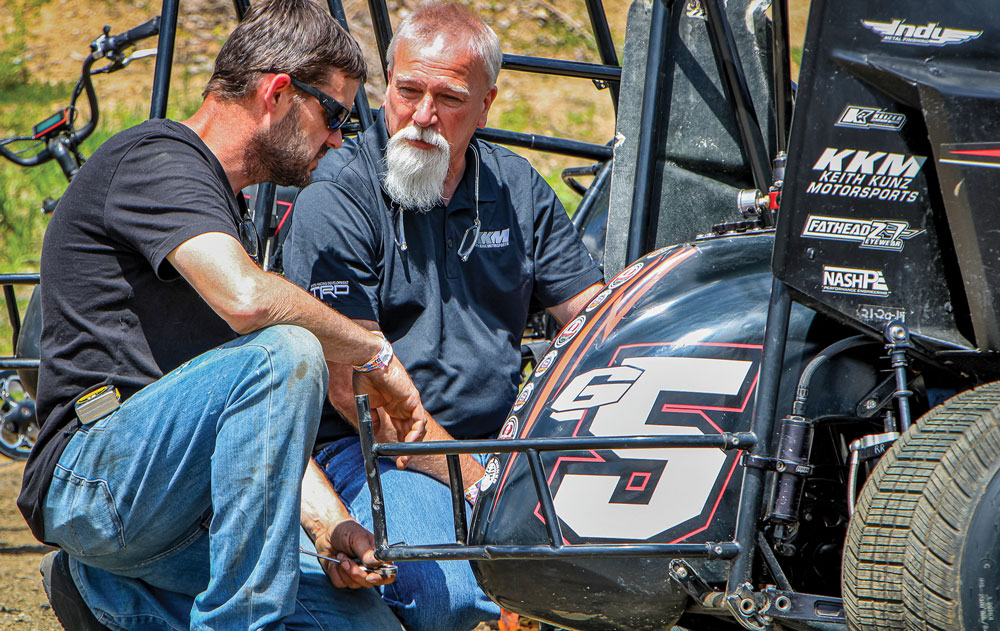
PRI: Sponsors are hard to get, harder to maintain. What do you do for sponsors that’s different from other teams?
Kunz: I think our biggest asset in getting sponsors has been Toyota. We do have our affiliation with Curb Records. Mike Curb has been in the sport for a long time, and he has been one of our team sponsors. But Toyota has relationships with a lot of companies, and they use that connection and have sponsorship that they get to control.
Then again, how you keep a sponsor is you promote them. The big thing now is social media. We have our own media guy, Jay Drake, who does all the social media stuff. We keep on top of that and try to promote the sponsors with our drivers and through the media training stuff. That’s one side of it. The other side of it is the racing products, Eibach Springs, all the different manufacturers of parts that want to be a part of our team because of our success. Everybody wants to be a part of it. The biggest thing with any sponsor is being able to go out and win.
PRI: Tell us about the KKM Give Back Challenge series.
Kunz: Five seasons ago I came up with this idea to give away a ride for the Chili Bowl. We had an Outlaw Kart race at Millbridge Speedway in North Carolina, and the winner of that race had the choice of a Chili Bowl ride or some money. Well, after that first year we moved it into the micro series, and we still gave away a free Chili Bowl ride.
Then last year we decided to try to expand that into a couple more races. My whole goal right now is that micro racing is kind of regional, and most people stay in their areas and there is no series. They all have a big race now and then, but there’s no series that puts it all together. What I was able to do this year was put together a seven-race series called the KKM Challenge series. It ends at Port City Speedway in Oklahoma, and the Port City race is the Give Back Challenge. We got sponsors to put money in for a point fund for the series, and they’re all big races. All the races paid $10,000 to win. I was able to get some broadcast packages with FloRacing to show my KKM Give Back race at Port City, and then S2FTV.com does all the challenge series races. Now I’m trying to grow it into more and more races. But they are seven of the biggest-paying races in the country for micro racing.
PRI: Where do you see midget racing going in the next five to 10 years?
Kunz: I think it is getting stronger. The depth of it right now is probably the best depth that it has ever been. When you go to a race with the people who are following the National series, there are 15 drivers who are traveling nationally, which is huge. That’s as big as any open wheel series. The World of Outlaws started their midget series up about two years ago. That really helped raise the bar. They were able to bring a lot more money into the sport. They were able to get the other series, whether it was POWRi or USAC, to raise their purses.
With social media, the broadcasting of the sport has really taken off the last few years. So it’s growing. There’s a lot more eyes on it because NASCAR owners and manufacturers are always looking for the next talent out there. Kyle Larson and Christopher Bell have been a big help with that. I just think midget racing is still gaining traction right now. It’s probably the best it’s ever been.
 MEMBERSHIP LOGIN
MEMBERSHIP LOGIN JOIN PRI
JOIN PRI


